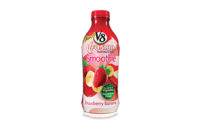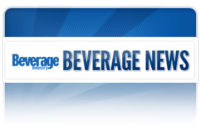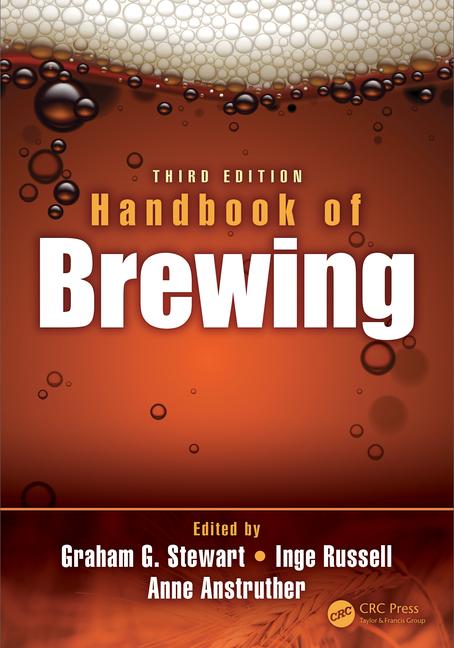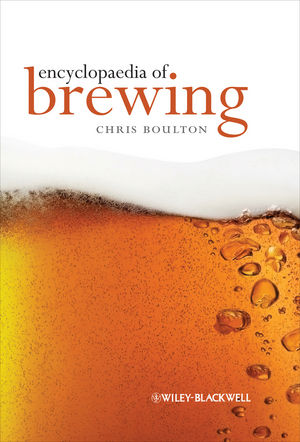Just before the end of 2012, The Hain Celestial Group, Melville, N.Y., acquired BluePrint, a raw juice brand based in New York. “We see great potential with the BluePrint brand as consumers increasingly seek the benefits of the nutrients, enzymes and fresh taste of raw juice,” said Irwin D. Simon, founder, president and chief executive officer of The Hain Celestial Group, in a statement. “The acquisition of BluePrint, a market-leading brand that offers innovative products and programs, provides Hain Celestial with the opportunity for expansion into the premium raw juice category.”
Founded by Zoe Sakoutis and Erica Huss in 2007, BluePrint was developed to bring raw juice cleanses to consumers of all lifestyles.
“Everybody should be able to have access to something as simple as doing a juice cleanse for a few days in order to kind of reset and give your system a chance to rest,” says Huss, president and co-founder of BluePrint. “Why was it something that was only reserved for people who knew about raw food and knew about [natural health institutes and retreats]? Why wasn’t it something that could just be simple and accessible and something that working professionals in New York City weren’t embarrassed to carry to work in a package every day?”
To bring raw juice cleanses to the mainstream U.S. market, the team developed BluePrintCleanse with three options: Renovation, Foundation and Excavation. The juices in the Renovation level contain a higher amount of fruit juices than green juices, making them more appropriate for beginners to raw juice cleanses. On the other side of the spectrum, Excavation features more green juice, so it is more appropriate for experienced cleanse consumers. Foundation, which is the most popular level, falls somewhere in the middle, says Sakoutis, founder of BluePrint.
Reaping the benefits
“The whole goal was really to immediately present someone with options and flexibility,” Huss says. “So if … you’d done a juice cleanse before, you make your own green juice at home, then you’re ready to start with a level that’s a little bit more challenging because it has more green juice. If you’re someone who’s brand new to the whole thing, you may want to start out with the version that has more fruit juices than green juices just to kind of get your palate ready.”
As a result of the cleanse, many consumers have reported improved skin clarity, better sleep, less painful arthritis and more energy, although the company does not make any claims, Sakoutis says.
“The idea is that you’re resting your digestive tract, so you’re not digesting food and your body is taking that energy that it would normally use and put toward digestion, and hopefully that’s now freed up to do some of the cleaning that is most likely necessary with everyone if they’re eating the standard American diet,” she explains.
Plus, the juices are processed using a hydraulic press, which extracts more of the vitamins, nutrients and fiber from the fruits and vegetables. This makes it even easier for the body to break the juices down and enables them to absorb quickly into the bloodstream, Sakoutis adds.
Showcasing multiple uses
In 2011, BluePrint repositioned its Cleanse juices and launched a separate line of unpasteurized, cold-pressed juices. Although the line is made up of the same juices that make up the Cleanse portfolio, BluePrintJuice drinks were designed to be consumed as a nutritional complement to a consumer’s diet.
“We made the decision when we went into the wholesale channel to really draw the distinction between the two brands because we wanted people to understand that when you’re doing a cleanse, it’s important to have your six juices a day and make sure you’re getting enough of the nutritional content and have a sequence that alternates between green juices and fruit juices,” Huss explains. “[However, the juices are] also for someone who’s not interested in doing a cleanse, or who has done a cleanse and maybe just wants to maintain.
“We wanted to create the opportunity and the understanding that it has multiple uses, so we launched BluePrintJuice with Whole Foods as our first partner,” she continues.
The only difference between the BluePrintCleanse and BluePrintJuice lines is the packaging, she notes. The BluePrintCleanse bottles feature large numbers to clearly tell consumers in what order they should drink the juices; the BluePrintJuice bottles, instead, feature a list of the ingredients in large type on the front of the bottle.
The most popular juice in the BluePrintJuice line is Green, which makes up nearly half of the brand’s sales, Sakoutis says. Recently, however, the brand added a new variety to the BluePrintJuice line that is not part of the BluePrintCleanse line: Ginger Limeade.
“I think raw, unpasteurized juice is probably the most significant trend in the … larger category of juice, and that’s kind of the foundation of what our brand is all about is raw and organic,” Huss says.
BluePrint operates two production facilities on either coast: one is located in Los Angeles, and the other is in Long Island City, N.Y. The BluePrintCleanse line is available via www.blueprintcleanse.com, and the BluePrintJuice line is available nationwide at retailers including Whole Foods Market, FreshDirect and Dean & DeLuca. The Hain Celestial Group plans to leverage the BluePrint brand across its portfolio and create a larger retail presence for the brand, Simon said in a statement.
Related: Celestial Seasonings offers teas for any season and any reason








